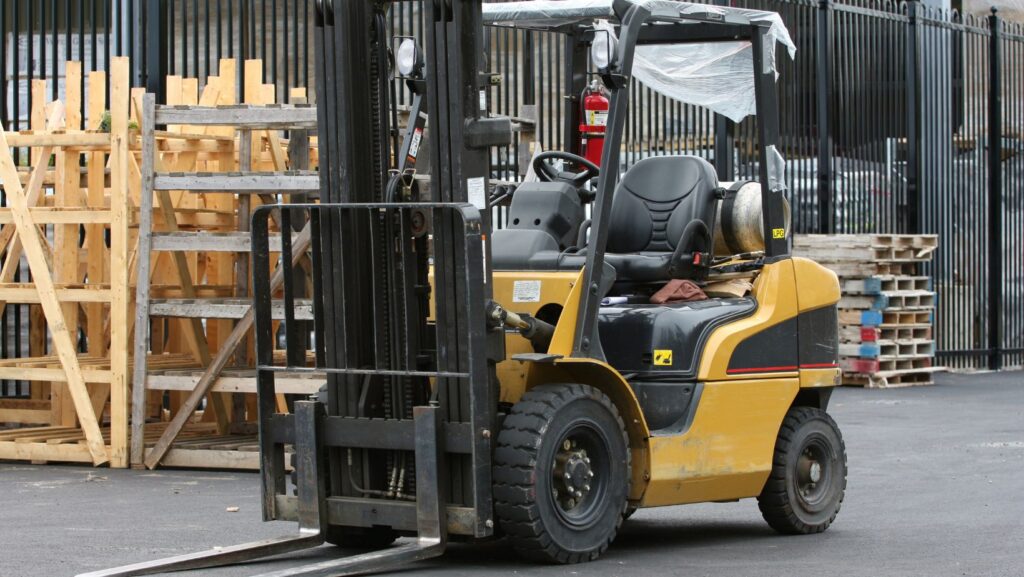
Forklifts are the backbone of many operations, whether in a warehouse, construction site, or a manufacturing facility. Keeping them in top condition is vital not just for productivity but also for safety. However, even the most diligent operator may miss signs that indicate a forklift is due for servicing. Here, we’ll explore the key indicators that suggest your forklift needs immediate attention.
Understanding Forklift Wear and Tear
Forklifts are subjected to rigorous use, which means they can experience wear and tear over time. Regular maintenance ensures that your machinery remains operational and safe. But how do you know when it’s time to schedule that all-important service? Here are some specific indicators to watch for.
Unusual Noises
One of the first signs that something might be off with your forklift is the emergence of unusual noises. If you start hearing grinding, whining, or clunking sounds, it’s time to investigate further. These noises could indicate issues with the gearbox, hydraulic system, or even the engine itself. Ignoring them can lead to severe damage and costly repairs, so don’t hesitate—get in touch with a professional to assess the situation. You can even see service options available to find a solution tailored to your machine.
Visual Indicators of Damage
A quick visual inspection can reveal a lot about the condition of your forklift. Look for any signs of physical damage, such as cracks, rust, or leaks. Fluid leaks around the forklift can be particularly telling; they could indicate issues with the hydraulic system or other critical components that, if left unchecked, could lead to equipment failure.
In addition to leaks, pay attention to the condition of the tyres. Worn or uneven tyres can significantly affect the stability and performance of a forklift, potentially making it unsafe. If you notice any issues, it’s crucial to have them assessed by a professional.
Warning Lights and Alerts
Most modern forklifts come equipped with warning lights on the dashboard. Ignoring these lights can lead to minor issues escalating into major problems. If a warning light illuminates, it’s a signal that something is amiss. Whether it’s low oil pressure, overheating, or an issue with the battery, don’t wait for a more substantial problem to arise. Consult your forklift manual and reach out for servicing if you can’t address the problem yourself.
Decreased Performance
Are you noticing a drop in your forklift’s performance? Whether it’s slower acceleration, difficulty lifting loads, or a decrease in battery life in electric models, these are all indicators that something isn’t quite right. Performance issues can stem from various causes, including worn out components or a need for a more in-depth servicing check-up. If the productivity of your operations is being affected, it’s time to take action.
The Importance of Regular Servicing
Regular servicing is essential for keeping forklifts in good working order. Not only can it prevent minor issues from becoming major headaches, but it can also prolong the lifespan of your equipment.
Cost Efficiency and Safety
From a financial perspective, a well-maintained forklift can save businesses significant amounts of money in the long run. While the initial cost of servicing may seem steep, it often pales in comparison to the expenses associated with major repairs or replacements. Safety is another crucial factor; an improperly maintained forklift can lead to accidents and injuries, affecting your workforce and potentially leading to costly liability claims.
Compliance with Regulations
In the UK, there are strict regulations governing forklift operations. This includes guidelines for regular maintenance checks. Adhering to these regulations not only keeps your equipment in safe working condition but also protects your business from legal repercussions.
Developing a Maintenance Schedule
Creating a proactive maintenance schedule can help you manage your equipment effectively. This includes:
• Daily Checks: Before each use, conduct a quick visual inspection of the forklift. Look for leaks, check the battery (for electric models), inspect the tyres, and listen for odd noises during operation.
• Weekly Maintenance: Every week, perform a more in-depth inspection, focusing on fluid levels, brakes, and electrical components.
• Quarterly Servicing: Engage in a comprehensive service every three months, including an in-depth assessment of all forklift systems by professionals.
• Annual Review: Schedule a thorough evaluation of the horsepower, lifting capacity, and overall wear and tear to ensure everything is functioning optimally.

By adhering to these standards, you minimise downtime and ensure maximum efficiency, maintaining a competitive edge in your industry.
Conclusion
Recognising the signs that your forklift requires servicing is vital for maintaining an efficient and safe working environment. From unusual noises to performance dips, each indicator serves as a subtle reminder that proactive maintenance is not just optional—it’s essential. Regular servicing not only enhances the life of your equipment but also safeguards your employees and your bottom line.
To ensure your forklift operates at peak performance, prioritise those maintenance checks. Ignoring the indicators can lead to unnecessary stress and financial strain later on, but vigilant attention can make all the difference. Your fleet will thank you, and so will your bottom line.












